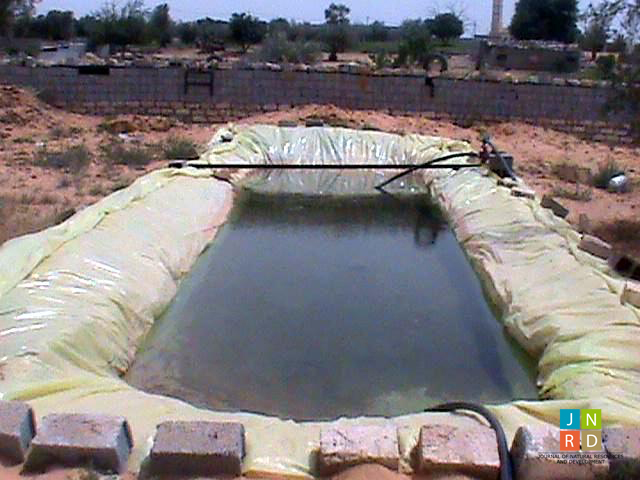Artificial Neural Networks to predict decreasing saturated hydraulic conductivity in soils irrigated with saline-sodic water
Main Article Content
Abstract
Multilayer Artificial Neural Networks (ANNs) with the backpropagation algorithm were used to estimate the decrease in relative saturated conductivity due to an increase in sodicity and salinity. Data from the literature on the relative saturated hydraulic conductivity measured using water having levels of sodicity and salinity in different types of semiarid soils were used. The clay content of these soils is predominantly montmorillonite. The input data consisted of clay percentage, cation exchange capacity, electrolyte concentration, and estimated soil exchangeable sodium percentage at equilibrium stage with the solution applied. The data was divided into three groups randomly to meet the three phases required for developing the ANNs model (i. e. training, evaluation, and testing).The activation function selected was the TANSIG layer in the middle, while the exit function was the PURELIN layer. The comparisons between the experimental and predicted data on relative saturated hydraulic conductivity during training and testing phases showed good agreement. This was evident from the statistical indicators used for the evaluation process. For the training phase, the values of mean absolute error (MAE), root mean square error (RMSE), the correlation coefficient (r) and the determination coefficient (R2) were 0.08, 0.13, 0.91, and 0.83, respectively. The performance of the ANNs model was evaluated against a part of the data selected randomly form the whole set of data collected (i. e. data not used during the model testing phase). The resultant values for MAE and RMSE, r and R2 were 0.12, 0.16, 0.82 and 0.68, respectively. It should be noted that many factors were not considered, such as soil pH, type of clay, and organic matter, due to the limitations of the data available. Using these factors as input in ANNs might improve model predictions. However, the results suggested that the ANNs model performs well in soils with very low levels of organic matter.
Article Details
Issue
Section

This work is licensed under a Creative Commons Attribution-NonCommercial-NoDerivatives 4.0 International License.

